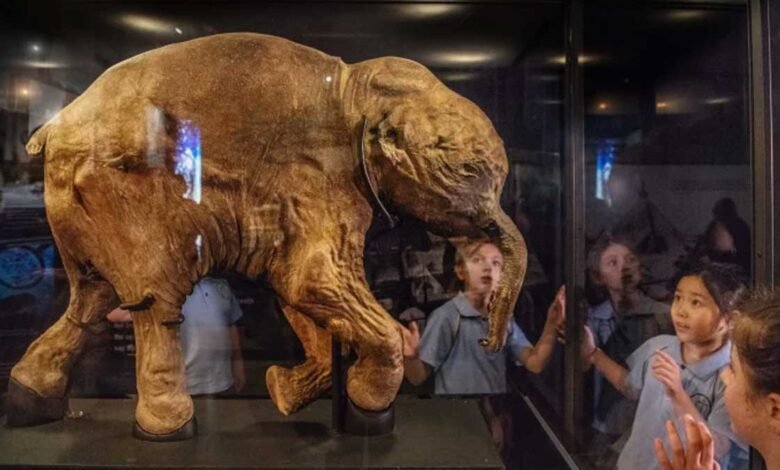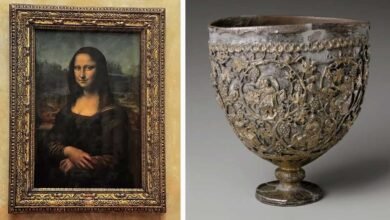
The discovery of “signs of life” in cells from a 28,000-year-old woolly mammoth has captivated the scientific community and raised intriguing possibilities in genetic research and the resurrection of extinct species. This groundbreaking experiment was made possible by the well-preserved DNA of a baby woolly mammoth found in Siberia in 2011. Scientists at Kindai University in Japan have utilized this ancient genetic material to explore the potential of bringing the extinct creature back to life.
One of the most poignant woolly mammoth discoveries was that of Lyuba, a one-month-old mammoth calf found in 2007. Her remarkably preserved body provided a unique insight into prehistoric life, although her death was a tragic one due to suffocation in Ice Age mud.

Image: Ruth Hartnup/Flickr
Subsequent to Lyuba’s discovery, another Siberian mammoth calf named Khroma was found in similar circumstances, having also perished due to suffocation. Both Lyuba and Khroma, despite their unfortunate fates, are among the best-preserved mammoths ever found, offering researchers the opportunity to study their anatomy using advanced technologies like CT scans.
The study of Lyuba and Khroma has revealed significant differences between the two despite their close age. These disparities could be attributed to factors such as time, space, and population variation. The analysis has also shed light on the circumstances of their deaths, including details of their environments and the potential causes of their demise.
Lyuba’s sediment-filled respiratory tract contained vivianite, a blue mineral that suggests she died in oxygen-depleted cold lake waters. The presence of vivianite on her skull hints at the chilling possibility that her body’s attempt to trigger a “diving reflex” during her struggle for breath led to blood pooling in her head, which later became a source for the growth of this mineral.
Khroma’s death, on the other hand, was likely the result of a combination of factors, including a spinal injury and suffocation, possibly caused by a mud flow or a fall into water. Despite the tragic nature of their deaths, the remarkably preserved remains of Lyuba and Khroma have granted scientists valuable insights into the lives and circumstances of these prehistoric creatures.
This discovery not only raises fascinating questions about the potential for genetic research and species resurrection but also serves as a poignant reminder of the lives that once roamed the Earth tens of thousands of years ago.




